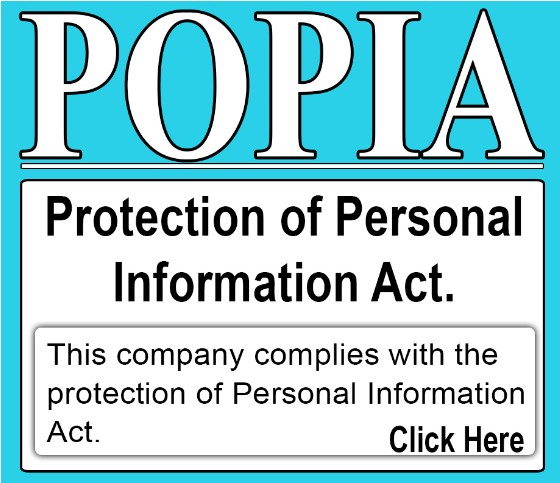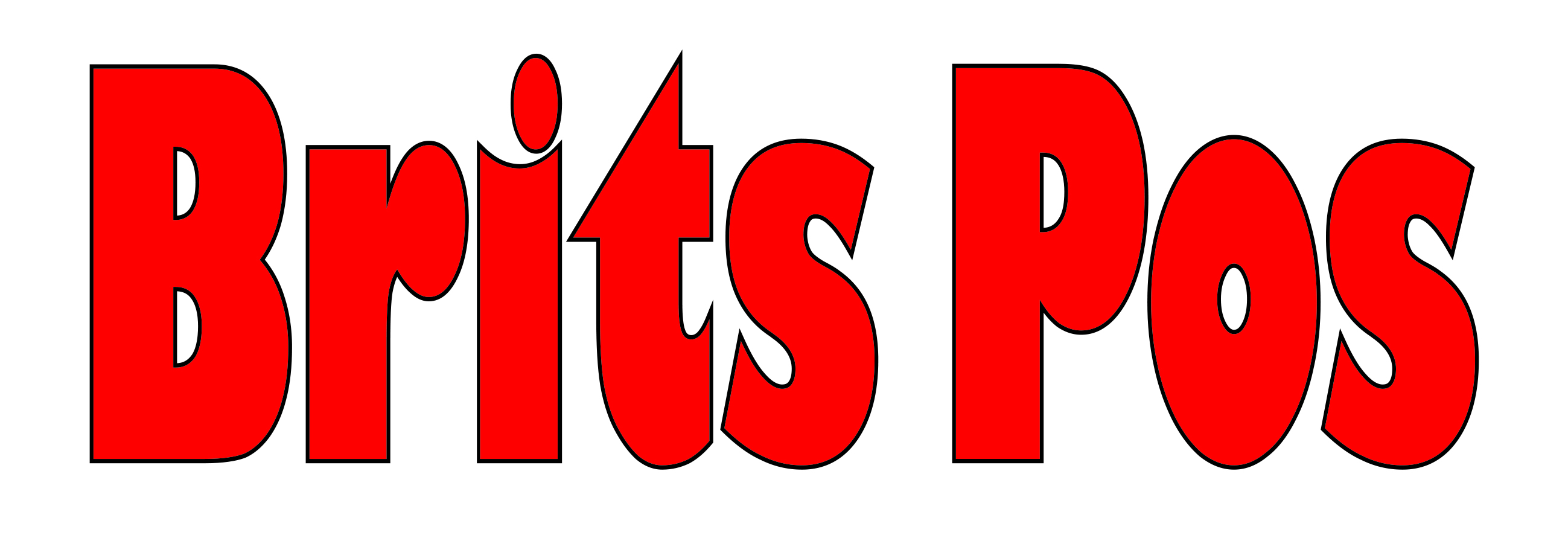Klerksdorp Midweek, Klerksdorp - The South African Police Service in the province is concerned about the recently reported violent incidents at schools in the province that needed police intervention since the beginning of this year.
In one of the incidents reported during February 2024 at a high school, Grade 11 and 12 learners fought due to bullying and Public Order Policing (POP) members were mobilized to calm down the situation. In another incident, a common assault case was reported after a Grade 8 pupil was allegedly assaulted in the bathroom by older boys.
Police spokesperson Col Adéle Myburgh elaborates: “Bullying appears to be the cause of much of the violence in schools. It manifests in a form of aggressive behaviour that is intentional and involves an imbalance of power or strength. It is planned, calculated, intended to hurt, is repeated and can be physical or verbal.” There are four main types of bullying: teasing, exclusion, physical bullying and harassment.
Teasing is verbal violence and can be the most dangerous and long-lasting form of bullying. This includes name‐calling, insults, verbal demands or threats and includes cyberbullying. Cyberbullying is bullying that happens online and via cell phones. Websites like YouTube, Instagram, and Snapchat allow kids to send hurtful, ongoing messages to other children 24 hours a day. Some sites, such as Instagram, allow messages to be left anonymously. Indirect cyberbullying involves sending text messages belittling the victim, making untrue claims or sending embarrassing pictures around.
Exclusion is based on social manipulation. A bully will tell a child directly, ‘You can’t sit with us’. Or it may involve body language like getting up and moving away when the victim joins the group. The ‘silent treatment’, threatening poses and gestures, malicious gossip designed to turn others against the victim also falls under exclusion.
Physical bullying involves regularly attacking someone who is weaker by pushing, shoving, kicking, hitting and tripping the child. It can also include stealing lunch or other possessions and damaging property.
Harassment generally involves repeated annoying questions, statements or attacks about sexuality, gender, race, religion or nationality. Both boys and girls bully equally and both can be targets.
Parents are requested to be actively supportive towards their children and be on the lookout for the following that might be an indication that your child is bullied:
* If your child returns from school with unexplained cuts and bruises; he or she may change their normal route and or feel frightened of walking to school. Items of clothing and school books are torn and he or she may be hungry because lunch or lunch money has been stolen. Signs could also include: hesitation about going to school, decreased appetite, nightmares, crying, or general depression and anxiety.
* Encourage your child to talk about their feelings. Most importantly, let your child know you will help them and that they should try not to fight back. Avoid overreacting as this might frighten them. Let your child know he/she has your support and do what you can to increase his/her confidence. Discuss other tactics that might stop the bullying with your child’s school teacher. If nothing changes, contact the Principal by writing a formal letter. Once you’ve taken these steps you may have to move your child to another school if the bullying continues.
How to prevent cyber bullying:
* Tell your child not to reply to nasty comments. Change codes/passwords and only tell close friends. Alter the voicemail so that the bully doesn’t know who he is calling. Let parents reply to the bully. Block the bully’s emails and other social media accounts like Instagram, Facebook Messenger and WhatsApp. Tape record or print out a copy and give it to the school or the police - it may be a criminal offence. Reply: ‘Your message has been forwarded to the police’ and turn off the phone.
* If your child is a bully: remember bullies also need help and support. It’s important to find out why your child is being a bully. Usually it means they are unhappy about something or they’ve got in with a peer group and are being strung along. Sometimes bullying is an experimental stage they’re going through. Talk to your child and consider involving your child’s teacher.
* Teachers and school administrators must be knowledgeable and observant. Teachers should emphasize that children who are being bullied should speak out. If a teacher observes bullying in a classroom, he/she needs to immediately intervene to stop it. Involve students and parents when you investigate bullying at your school, they need to be a part of the solution.
* Parents and teachers can help students engage in positive behaviour and teach them skills so that they know how to intervene when bullying occurs. Older students can serve as mentors and inform younger students about safe practices on the internet.
How students can prevent bullying:
* Report bullying and cyberbullying. It is important for students to report any bullying to a parent or an adult they trust.
* Don’t bully back. It may be difficult to not bully back, but as the saying goes, two wrongs don’t make a right. Try not to show anger or tears. Either calmly tell the bully to stop bullying or simply walk away.
* Avoid being alone. Whenever possible, avoid situations where there are no other students or teachers. Try to go to the bathroom with a friend or eat lunch in a group. -When riding the bus, sit near the front. If you know a student who likes to bully others is in an area where you normally walk to lunch or class, try to use alternative hallway routes.
* Remember, report bullying of yourself or other students to your teacher, coach, principal, and/or parent.
It is against Section 61, chapter 2.4 of the South African School’s Act, Act 1996, to allow any dangerous object in the public school, carry any dangerous object, store any dangerous object or carry illegal drugs.










